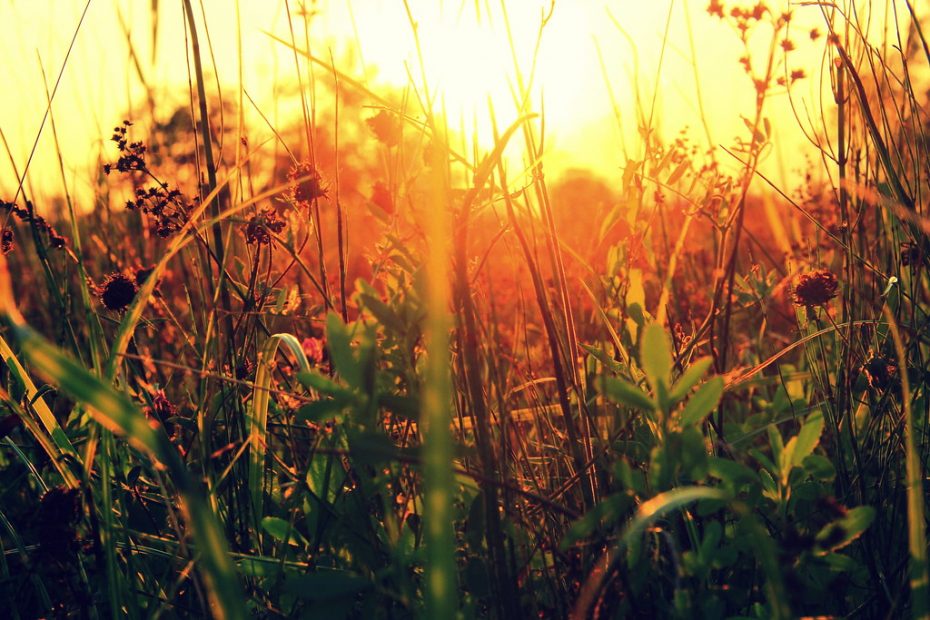Vitamin D is such an important micronutrient that I often asked myself whether I could get any from my own herb garden. Herb leaves are usually densely packed with nutrients and several different vitamins but is Vitamin D one of them?
Herbs don’t contain any Vitamin D. Herbs are incapable of synthesizing any Vitamin D from UV rays. Vitamin D is only found in some animal sources such as fatty fish (salmon, tuna, trout) and mushrooms.
Let’s look in a bit more detail at how vitamin d is actually produced and why it’s impossible for herbs to do so. We’ll also go over some alternative plant sources of Vitamin D and examine some of the other important vitamins and minerals present in herbs.
Vitamin D in Herbs
Herbs do not contain any vitamin d. Although these leafy green and delicious plants contain many other nutrients such as zinc, magnesium, calcium, and vitamin c they lack one of the most important micronutrients to our health.
As vitamin d is a fat-soluble vitamin derived from sunlight, basil, thyme, oregano and all other herbs are incapable of synthesizing and storing vitamin d. No matter how much dill you add to your potato salad, your vitamin d levels won’t rise.
| Herb | Vitamin D per 100g |
| Basil | 0mg |
| Thyme | 0mg |
| Oregano | 0mg |
| Rosemary | 0mg |
| Sage | 0mg |
| Dill | 0mg |
| Parsley | 0mg |
| Coriander | 0mg |
| Chives | 0mg |
However, there are some other plant sources besides herbs that are higher in vitamin d. We’ll have a look at some of these herb-alternatives in the next section!
Other plant sources of vitamin d
A good plant source of vitamin d is mushrooms. The more sunlight these mushrooms are exposed to, the more vitamin d they will be able to synthesize. But even eating copious amounts of mushrooms will not alter your vitamin levels significantly.
The best source of vitamin d remains direct exposure to sunlight. If this is difficult due to your locale or seasonality there are plenty of vitamin d supplements available to help you get through the darker winter months.
Add herbs to Vitamin D-rich meals
Although there is no vitamin d present in herbs we can still use their leaves to make our vitamin d-rich foods taste even better. Besides mushrooms, most types of fatty fish – such as salmon, trout, and tuna – contain vitamin d.
Seasoning these dishes with our favorite herbs can give them a distinct flavor and perhaps make the consumtion of vitamin d more appealing. Here are some ideas:
- Salmon with rosemary & thyme: As one of the best sources of vitamin d, salmon is a common household fish that pairs fantastically with rosemary and thyme. Baking these garden herbs in the oven together with the salmon will infuse the fish and sauce with their delivate flavor.
- Mushrooms with sage & basil: Ever heard of my favorite dish? That’s right, it’s sauted mushrooms with sage and basil. These two herbs are an excellent additional to one of the only plant sources of vitamin d out there.
- Vitamin D drops with mint: Vitamin D supplements often come in liquid form with a sometimes unpleasant unpleasant scent or taste. I’ve found that adding some mint leaves to my vitamin d drops makes them much more delicious.
Conclusion
Trying to increase your vitamin d levels by eating herbs is like performing a rain dance to water your plants: mostly futile!
However, there are many ways that we can add herbs to meals rich in vitamin d to increase flavor and consumption. This way herbs may indirectly increase your vitamin d intake by making fish and other sources more flavorful.
In the winter months when my herb garden is resting I tend to resort to vitamin d supplements as an easy way of maintaining my vitamin d levels.
“ants view” by EladeManu is licensed under CC BY 2.0
- Are Herbs Perennial? - January 29, 2021
- Can Herbs Survive Winter? - January 28, 2021
- Can Dogs Eat Herbs? - January 27, 2021
